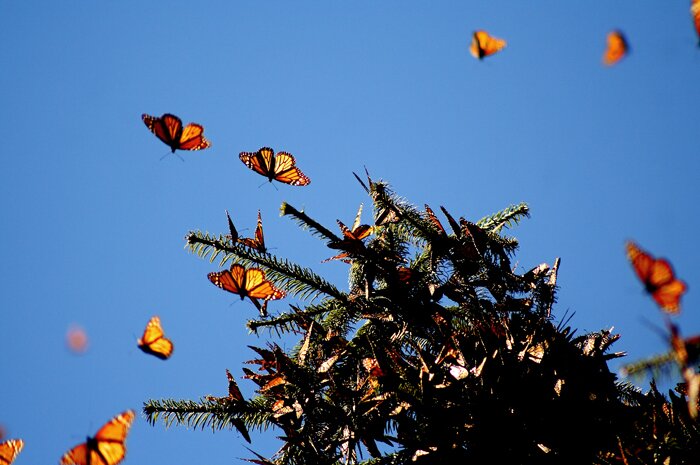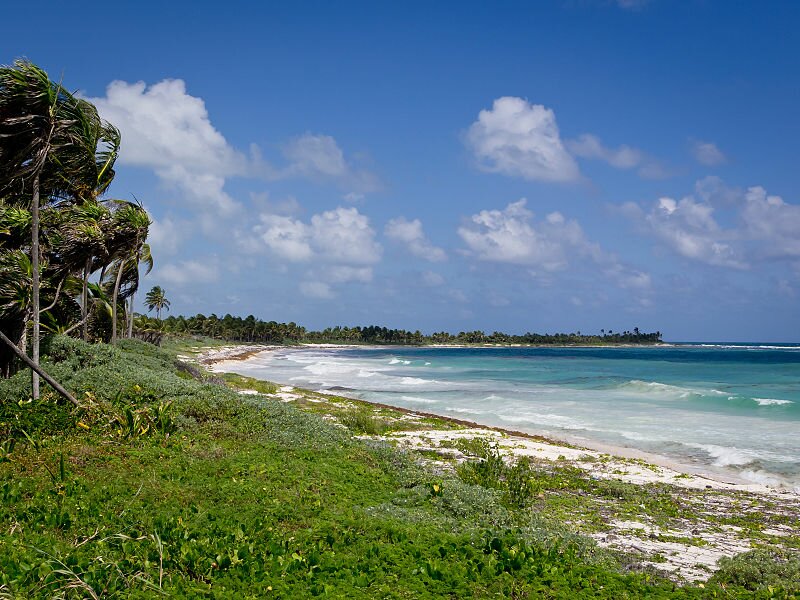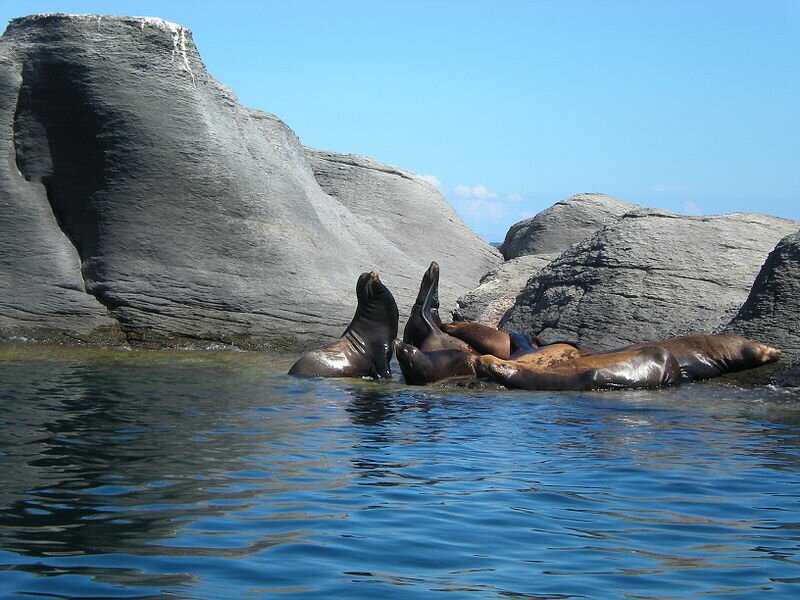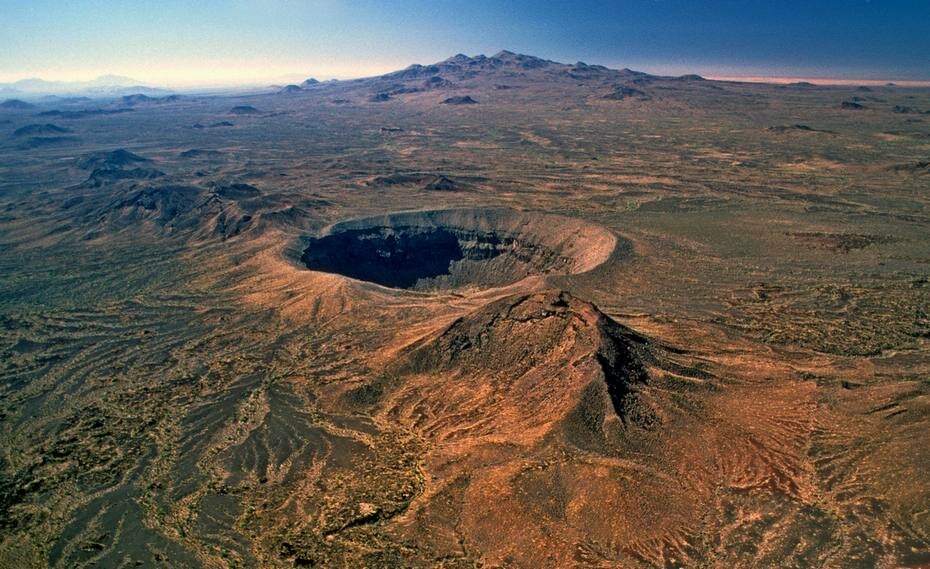There are 5 destinations in Mexico that have been declared UNESCO World Heritage Sites for their outstanding ecological importance and natural beauty. Incidentally, these sites represent some of the best ecotourism destinations the country has to offer!
1. The Whale Sanctuary of El Vizcaino

Comprised of two lagoons on the Baja California Peninsula (Ojo de Liebre Lagoon and San Ignacio Lagoon), this coastal destination is spectacular for wildlife viewing as it is a significant wintering and breeding ground for marine mammals, most notably for gray whales in addition to harbor seals, California sea lions, northern elephant seals and blue whale. A large number of resident and migratory birds also nest in these wetlands.
Gray whales are among the friendliest and most active whale species, often slapping their tail fins, breaching, and surfacing near boats to the delight of whale watchers. To protect these magnificent creatures, the Mexican government has set strict regulations for whale watching vessels, so be sure to book your tour with a company that is up to the national sustainability standards (denoted by an orange flag with a whale image), like the excellent Casa Mexicana de la Ballena Gris and Ecoturismo Kuyimá.
2. Monarch Butterfly Biosphere Reserve

Every fall, millions of monarch butterflies from all across North America migrate to the Monarch Butterfly Biosphere Reserve to spend the winter and rest up for their northward journey in the spring. The beautiful and delicate butterflies congregate in clusters, weighing down tree branches and carpeting the forest floor. When they take flight, they beat their wings in a soft pitter-patter and fill the skies with brilliant orange, creating a truly exceptional spectacle of nature.
There are trails through the forest leading to the main concentrations of butterflies. Travelers can go on foot or on horseback with a local guide.
3. Sian Ka'an Biosphere Reserve

Sian Ka'an is located on the Caribbean coast of the Yucatán Peninsula, not far from the ever-popular beaches of the Riviera Maya--making some of its more accessible parts convenient for day trips. Its name means "where the sky is born" or "gift from the sky" in the Mayan language.
Sian Ka'an is the largest coastal protected area in Mexico and contains a variety of ecological habitats including coral reefs, tropical forest, mangroves, beaches, and cenotes (sinkholes). Local tour operators offer guided boats tours or kayak expeditions along the Mayan Canal, which winds through the clear waters of the lagoons and mangroves. There are also are 23 Mayan archeological sites in the reserve.
Sustainable hotels in the area include Sandos Caracol Eco Resort & Spa ($76-100), Hotel Fairmont Mayakoba ($200+), and Hotel El Rey del Caribe ($51-75).
4. Islands and Protected Areas of the Gulf of California

This site isn't one destination per se – it comprises 244 islands and coastal areas in the Gulf of California (also known as the Sea of Cortez) and includes the previously mentioned El Vizcaino whale sanctuary. The area has been described by Jacques Cousteau as the "world's aquarium" and the "Galápagos of North America."
Travelers can explore uninhabited islands, snorkel with colorful parrotfish and surgeonfish, spot huge cacti on the beach, and see a wide diversity of bird species, including the Costa's hummingbird. Sea lions, pelicans, great blue herons, and boobies bask in the sun on rocky island coastlines, while dolphins and whales frolic just offshore.
5. El Pinacate and Gran Desierto de Altar Biosphere Reserve

Just south of the Arizona border, this reserve is a fascinating desert landscape that couldn't be more different from the other destinations listed in this article. It was just declared a World Heritage site in July of 2013, making it the most recent Latin American addition to the list.
The reserve contains dormant volcanoes, red and black lava flows, gigantic volcanic craters, and huge dunes that can reach up to 650 feet high. The area is beautiful in the way that the surface of the moon is – dramatic, ancient, and seemingly desolate. But don't be fooled--this subtropical desert is home a large amount of biodiversity, including more than 540 species of vascular plants, 40 species of mammals, 200 birds, and 40 reptiles. As you might imagine, most visitors to this place are hardcore adventurers who are looking for something remote, wild, and unique.
Learn more about all of Mexico's World Heritage Sites on the UNESCO website.


